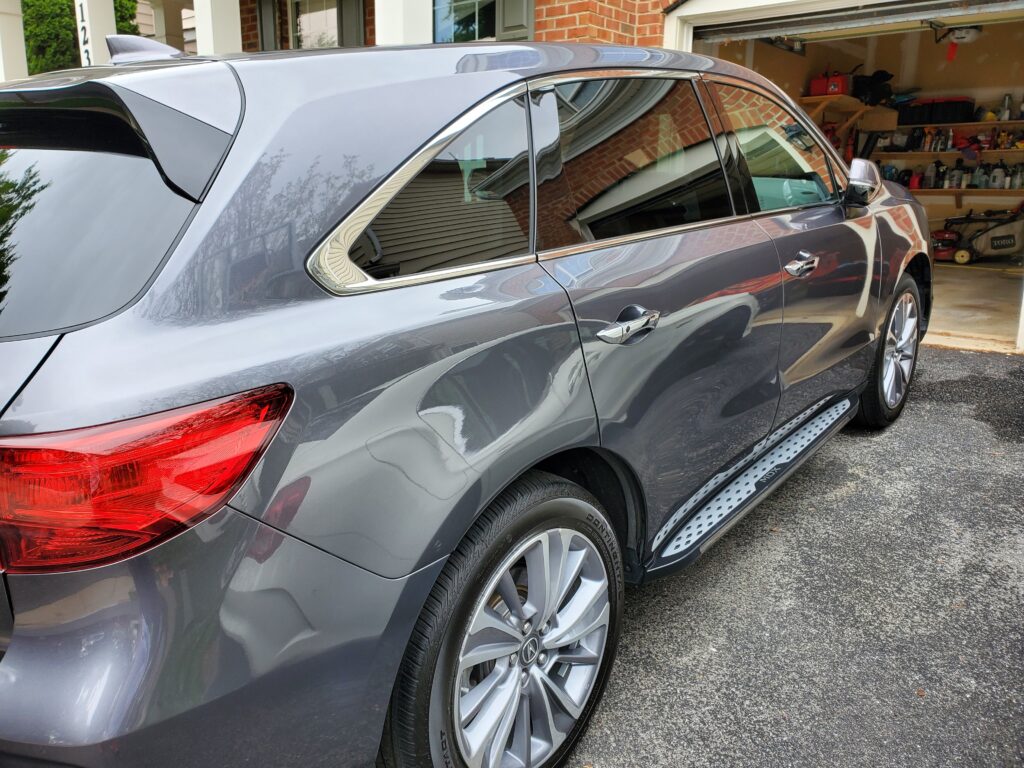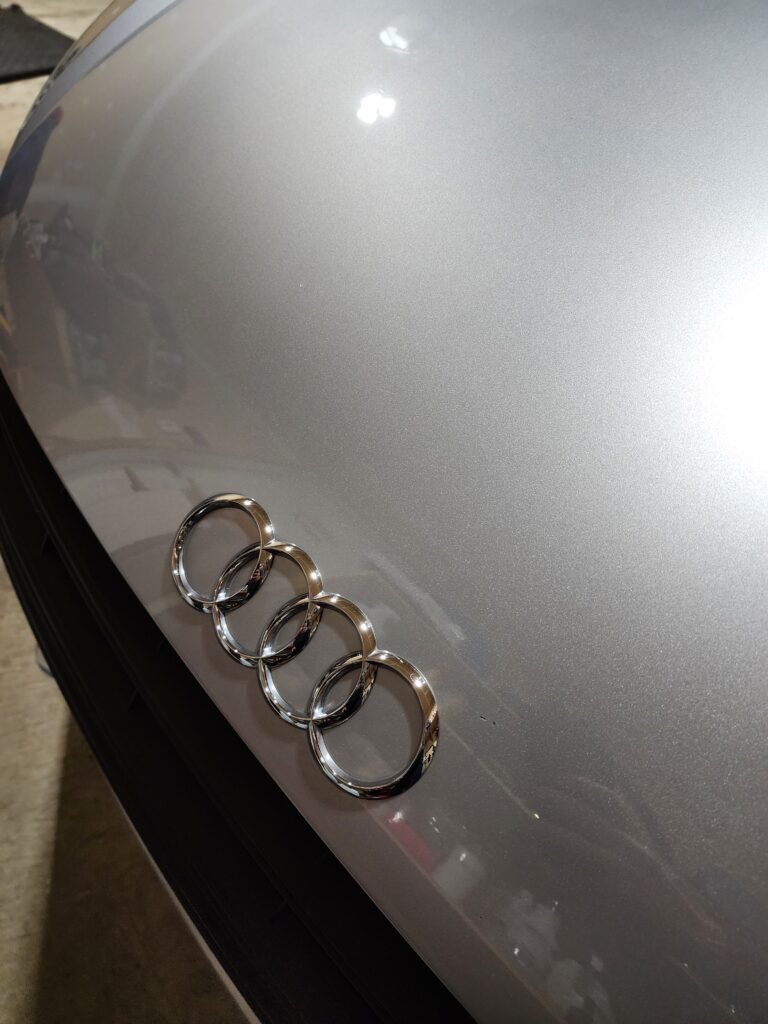
I. Introduction
In a world where first impressions matter, the appearance of your car plays a pivotal role. One effective way to keep your vehicle looking pristine is through the application of paint protection. In this article, we’ll delve into the world of paint protection, exploring its types, benefits, application methods, and much more.
II. Types of Paint Protection
A. Ceramic Coatings
When it comes to durable protection, ceramic coatings lead the pack. These nano-polymer solutions create a strong, transparent layer, shielding your car from environmental contaminants, UV rays, and minor scratches.
B. Paint Sealants
For a cost-effective alternative, paint sealants provide excellent protection. Typically made from synthetic polymers, they offer a glossy finish while acting as a barrier against bird droppings, tree sap, and harsh weather conditions.
III. Benefits of Paint Protection
A. Enhanced Durability
Investing in paint protection extends the life of your car’s exterior by preventing oxidation and corrosion.
B. UV Protection
Shielding your car’s paint from harmful UV rays not only preserves its color but also prevents fading over time.
IV. DIY vs. Professional Application
Deciding between a DIY application and seeking professional help can be daunting. We’ll weigh the pros and cons to help you make an informed decision.
V. How Paint Protection Works
A. Chemical Bonds
Understanding the science behind paint protection helps in realizing its effectiveness. Chemical bonds formed during application create a robust shield.
B. Hydrophobic Properties
The hydrophobic nature of these coatings repels water, making it harder for contaminants to adhere to the surface.

VI. Common Misconceptions
A. Maintenance Myths
Let’s debunk some myths around maintaining a car with paint protection, ensuring you have accurate information.
B. Application Difficulty
Contrary to popular belief, applying paint protection isn’t rocket science. We’ll address the common fears associated with the application process.
VII. Selecting the Right Product
Navigating through the myriad of options can be overwhelming. Gain insights into effective research tips to find the perfect paint protection for your car.
VIII. The Application Process
A. Preparing the Surface
Properly preparing your car’s surface is crucial for optimal paint protection. Learn the essential steps for a successful application.
B. Applying Ceramic Coatings
We’ll guide you through the steps of applying ceramic coatings, ensuring a smooth and even finish.
IX. Maintenance Tips
A. Washing Techniques
Discover the right way to wash your car with paint protection, avoiding damage to the protective layer.
B. Frequency
Understanding how often to reapply or maintain the protection ensures your car stays looking its best.
X. Cost Considerations
A. Initial Investment
While paint protection involves an initial cost, we’ll explore how it can save you money in the long run.
B. Long-Term Savings
Dive into the potential long-term savings associated with preserving your car’s resale value through paint protection.
XI. Customer Testimonials
Real-life experiences provide valuable insights into the effectiveness of various paint protection products. Explore testimonials from satisfied customers.
XII. Industry Trends
A. Innovations
Stay updated on the latest innovations in paint protection, ensuring you’re aware of cutting-edge products.
B. Future Developments
What does the future hold for paint protection technology? Get a glimpse of upcoming developments in the industry.
XIII. Environmental Impact
A. Eco-friendly Options
For environmentally conscious car owners, we’ll explore eco-friendly paint protection alternatives.
XIV. Conclusion
Preserving the aesthetic appeal of your car goes beyond routine maintenance. With the right paint protection, you can ensure your vehicle stays head-turning for years to come.

XV. FAQs
A. How long does paint protection last?
Paint protection typically lasts between two to five years, depending on the product and environmental conditions.
B. Can I apply it on matte finishes?
Yes, many paint protection products are suitable for matte finishes, providing an added layer of defense.
C. Is professional application necessary?
While DIY is an option, professional application ensures precision and longevity.
D. Can I wax over paint protection?
Waxing is generally not recommended, as it can affect the performance of the protective coating.
E. How often should I reapply?
Reapplication frequency varies but is typically every two to three years for optimal protection.
XIV. Conclusion
Preserving the aesthetic appeal of your car goes beyond routine maintenance. With the right paint protection, you can ensure your vehicle stays head-turning for years to come. Whether you opt for the long-lasting shield of ceramic coatings or the cost-effective benefits of paint sealants, the investment is worth every penny.
XV. FAQs
A. How long does paint protection last?
Paint protection typically lasts between two to five years, depending on the product and environmental conditions. Regular maintenance and proper application play a crucial role in maximizing its lifespan.
B. Can I apply it on matte finishes?
Yes, many paint protection products are suitable for matte finishes, providing an added layer of defense without altering the unique texture and appearance of matte surfaces.
C. Is professional application necessary?
While DIY is an option for enthusiasts, professional application ensures precision and longevity. Experienced technicians are well-equipped to handle the intricacies of the application process.
D. Can I wax over paint protection?
Waxing is generally not recommended, as it can affect the performance of the protective coating. The wax may interfere with the chemical bonds of the paint protection, diminishing its effectiveness.
E. How often should I reapply?
Reapplication frequency varies, but it is typically recommended every two to three years for optimal protection. However, monitoring your car’s condition and the environment can help determine the ideal reapplication timeframe.
